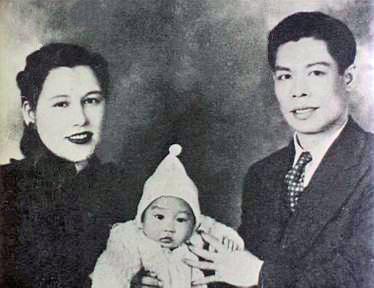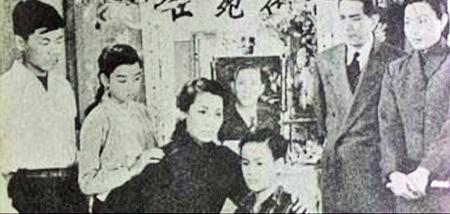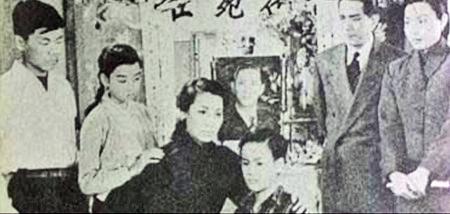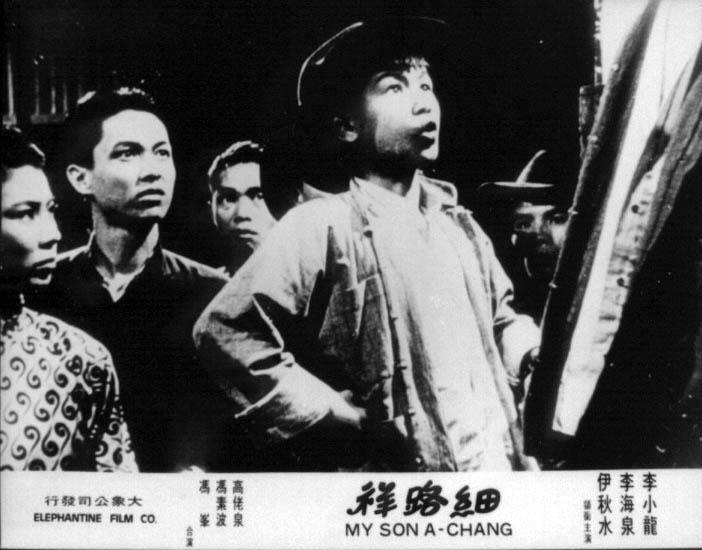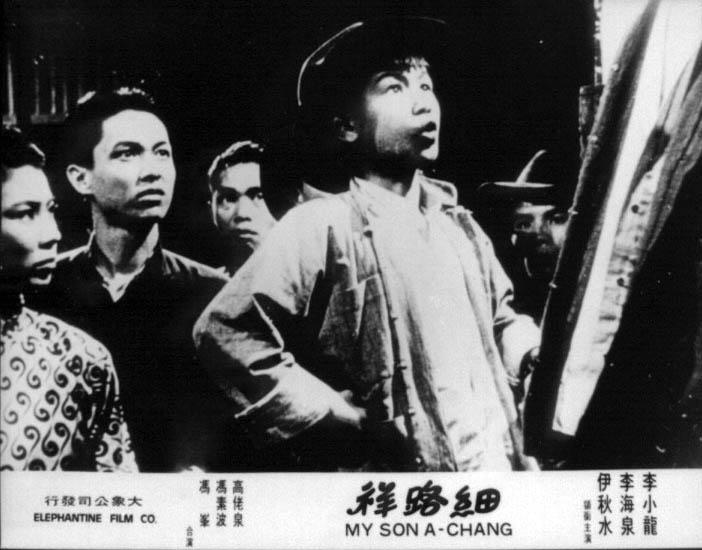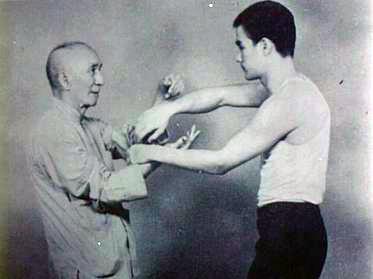Bruce Lee Artistry Philosophy Lee is best known as a martial artist, but he also studied drama and philosophy while a student at the University of Washington. He was well-read and had an extensive library. His own books on martial arts and fighting philosophy are known for their philosophical assertions, both inside and outside of martial arts circles. His eclectic philosophy often mirrored his fighting beliefs, though he was quick to claim that his martial arts were solely a metaphor for such teachings. He believed that any knowledge ultimately led to self-knowledge, and said that his chosen method of self-expression was martial arts. His influences include Taoism, Jiddu Krishnamurti, and Buddhism. On the other hand, Lee's philosophy was very much in opposition to the conservative worldview advocated by Confucianism. John Little states that Lee was an atheist. When asked in 1972 about his religious affiliation, he replied, "none whatsoever". In 1972, he was asked if he believed in God, and responded, "To be perfectly frank, I really do not". Poetry Aside from martial arts and philosophy which focus on the physical aspect and self-consciousness for truths and principles, Lee also wrote poetry that reflected his emotion and a stage in his life collectively. Many forms of art remain concordant with the artist creating them. Lee's principal of self-expression was applied to his poetry as well. His daughter Shannon Lee said "He did write poetry, he was really the consummate artist". His poetic works originally handwritten on paper, later on edited and published. John Little being the major author (editor), for Bruce Lee's works. Linda Lee Cadwell (Bruce Lee's wife) shared her husbands notes, poems and experiences with followers. She mentioned "Lee's poems are, by American standards, rather dark-reflecting the deeper, less exposed recesses of the human psyche". Most of Bruce Lee's poems are categorized as anti-poetry or fall into a paradox. The mood in his poems show the side of the man that can be compared with other poets such as Robert Frost, one of many well-known poets expressing himself with dark poetic works. The paradox taken from the Yin and Yang symbol in martial arts, also integrated in his poetry. His martial arts, and philosophy contribute a great part to his poetry. The free verse form of Lee's poetry reflect his famous quote "Be formless ... shapeless, like water."
Bruce Lee Artistry Philosophy Lee is best known as a martial artist, but he also studied drama and philosophy while a student at the University of Washington. He was well-read and had an extensive library. His own books on martial arts and fighting philosophy are known for their philosophical assertions, both inside and outside of martial arts circles. His eclectic philosophy often mirrored his fighting beliefs, though he was quick to claim that his martial arts were solely a metaphor for such teachings. He believed that any knowledge ultimately led to self-knowledge, and said that his chosen method of self-expression was martial arts. His influences include Taoism, Jiddu Krishnamurti, and Buddhism. On the other hand, Lee's philosophy was very much in opposition to the conservative worldview advocated by Confucianism. John Little states that Lee was an atheist. When asked in 1972 about his religious affiliation, he replied, "none whatsoever". In 1972, he was asked if he believed in God, and responded, "To be perfectly frank, I really do not". Poetry Aside from martial arts and philosophy which focus on the physical aspect and self-consciousness for truths and principles, Lee also wrote poetry that reflected his emotion and a stage in his life collectively. Many forms of art remain concordant with the artist creating them. Lee's principal of self-expression was applied to his poetry as well. His daughter Shannon Lee said "He did write poetry, he was really the consummate artist". His poetic works originally handwritten on paper, later on edited and published. John Little being the major author (editor), for Bruce Lee's works. Linda Lee Cadwell (Bruce Lee's wife) shared her husbands notes, poems and experiences with followers. She mentioned "Lee's poems are, by American standards, rather dark-reflecting the deeper, less exposed recesses of the human psyche". Most of Bruce Lee's poems are categorized as anti-poetry or fall into a paradox. The mood in his poems show the side of the man that can be compared with other poets such as Robert Frost, one of many well-known poets expressing himself with dark poetic works. The paradox taken from the Yin and Yang symbol in martial arts, also integrated in his poetry. His martial arts, and philosophy contribute a great part to his poetry. The free verse form of Lee's poetry reflect his famous quote "Be formless ... shapeless, like water."



